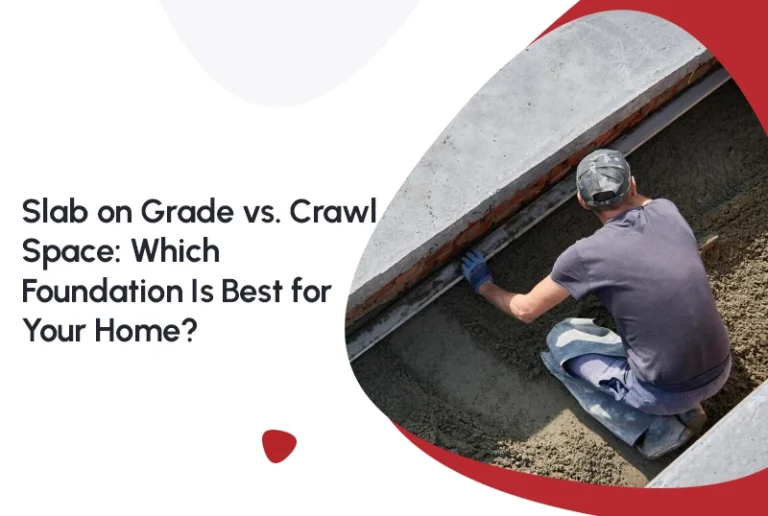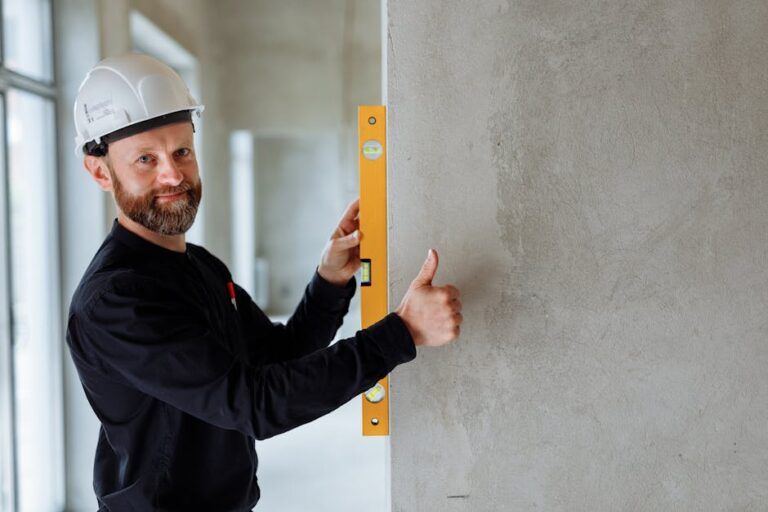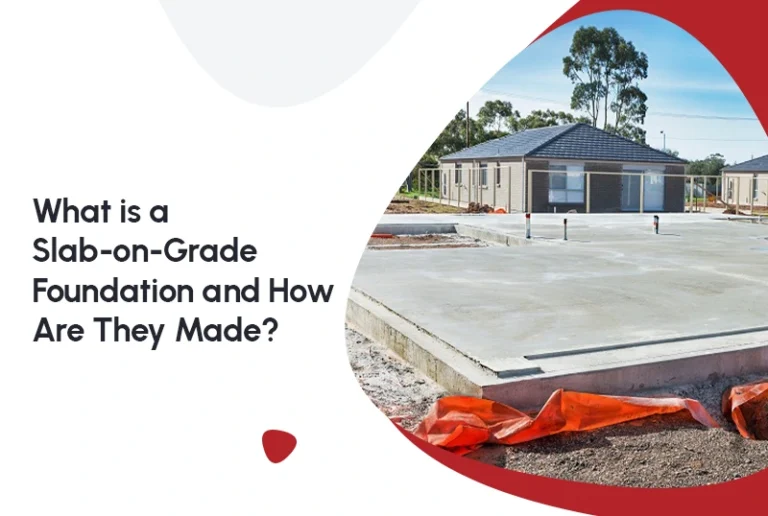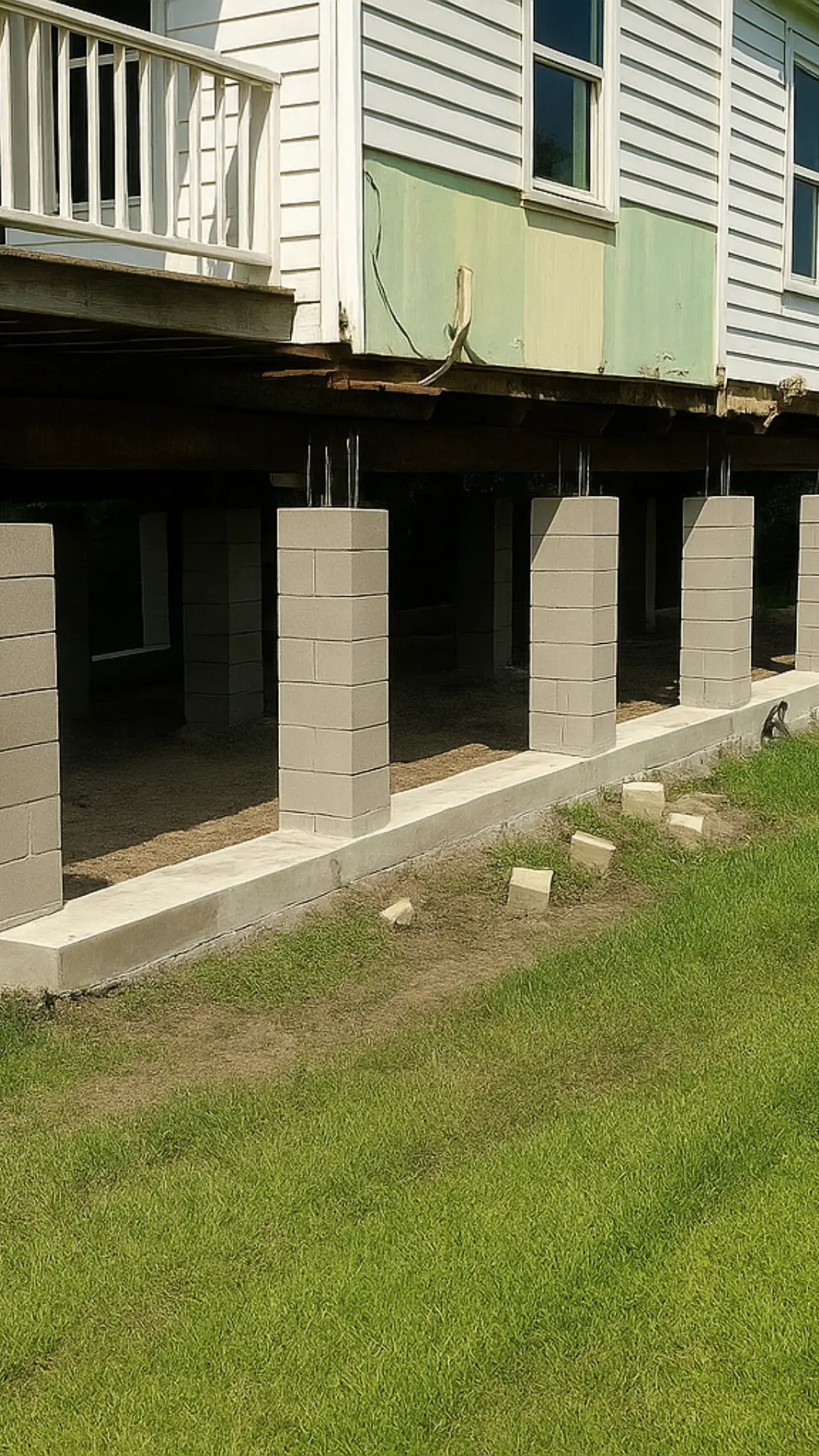How to Choose the Right Concrete Lifting Foam for Your Project
Concrete lifting has become an essential process for homeowners and contractors alike, offering a cost-effective and less invasive alternative to replacing sunken or uneven concrete slabs. But with several options available, how do you choose the right concrete lifting foam for your project? In this guide, we’ll explore the factors you need to consider to make an informed decision.
Understanding Concrete Lifting Foam
Before diving into selection criteria, it’s crucial to understand what concrete lifting foam is. This innovative material is a polyurethane foam injected beneath sunken concrete slabs to raise and level them. It’s a popular choice due to its quick curing time, minimal disruption, and long-lasting results.
Factors to Consider When Choosing Concrete Lifting Foam
1. Foam Density
The density of the foam is a critical factor. Higher-density foam is suitable for heavy-duty applications, such as lifting large concrete slabs or areas with heavy traffic. In contrast, lower-density foam is ideal for lighter applications, like residential sidewalks or patios. Assess the load-bearing needs of your project to determine the appropriate density.
2. Curing Time
Curing time can impact the overall timeline of your project. Some foams can set within minutes, allowing for immediate use of the lifted area, while others may take longer. If time is a constraint, opt for fast-curing foams to minimize downtime.
3. Environmental Impact
Consider the environmental impact of the foam. Some products are made with eco-friendly materials, reducing the carbon footprint of your project. If sustainability is a priority, look for foams that are labeled as environmentally friendly or contain recycled materials.
4. Cost
Budget is always a factor in any project. While high-quality foam may come at a higher price, it often offers better durability and results. Balance your budget with the performance needs of your project to find a suitable option.
5. Compatibility with Existing Materials
Ensure the foam is compatible with the existing materials and conditions of your project site. Some foams may not adhere well to certain surfaces or may react negatively with existing materials. Consult with a professional or manufacturer if you are unsure about compatibility.
6. Contractor Experience
The skill and experience of the contractor can influence the effectiveness of the foam. Choose a contractor who is familiar with the type of foam you are considering and has a track record of successful projects. Their expertise can guide you in selecting the right product and achieving the best results.
Popular Types of Concrete Lifting Foam
Here are some of the most popular types of concrete lifting foams available:
1. Closed-cell Polyurethane Foam
This type is highly durable and moisture-resistant, making it ideal for areas prone to water exposure. Its high density guarantees excellent lifting capabilities, but it may be more expensive than other options.
2. Open-cell Polyurethane Foam
Less dense than closed-cell foam, open-cell polyurethane is more affordable and easier to apply. However, it is less water-resistant, which might be a consideration for outdoor applications.
3. Eco-friendly Foam
These foams are made from sustainable materials and are designed to be less harmful to the environment. They offer a balance of performance and environmental responsibility, suitable for environmentally-conscious projects.
Conclusion
Choosing the right concrete lifting foam requires a careful assessment of several factors, including foam density, curing time, environmental impact, cost, material compatibility, and contractor experience. By understanding your specific project needs and the characteristics of available foams, you can make an informed decision that ensures lasting and effective results.
FAQs
What is the difference between open-cell and closed-cell foam?
Open-cell foam is lighter and more affordable, but less water-resistant compared to closed-cell foam, which is denser, more durable, and moisture-resistant.
How long does concrete lifting foam last?
When properly applied, concrete lifting foam can last for decades. Its longevity depends on factors like environmental conditions and the quality of the foam used.
Can I apply concrete lifting foam myself?
While some DIY kits are available, it’s recommended to hire a professional contractor for best results. They have the expertise and equipment to ensure proper application and long-lasting outcomes.
Is concrete lifting foam safe for the environment?
Many modern foams are made with eco-friendly materials. Always check for products labeled as environmentally friendly if sustainability is a concern for your project.







